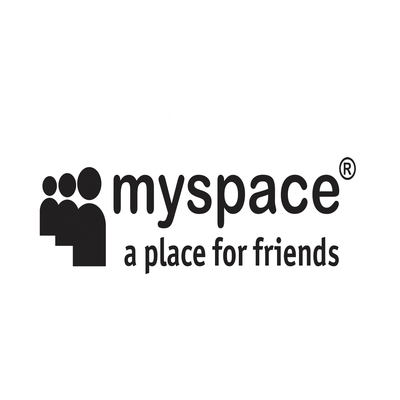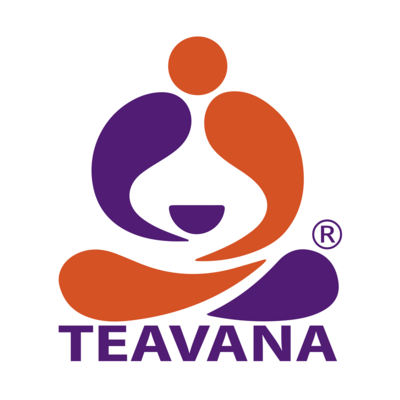What was Adobe flash?
Flash was a popular animation tool in the 2000s that allowed users to view and stream video, audio, and multimedia. It was especially useful for creating and running animations and games, as it could support multiple formats such as GIF, PNG, and FLV.
Back in the day, internet download speeds were painfully slow. Flash came to the rescue because its vector-based graphics resulted in tiny animations that could be downloaded quickly. Flash became popular because it was compatible with most browsers. Installing a simple plugin was all it took to get started.
The birth of Adobe Flash
In 1996, Jonathan Gay and Charlie Jackson launched FutureSplash Animator to help people create animation easily. They had no idea their experiment would take off the way it did. FutureSplash quickly became one of the most popular animation tools available.
FutureSplash was acquired by Macromedia. A rebranded Macromedia Flash 1.0 was then launched along with a browser plugin called Macromedia Flash Player.
The Flash player later got its popular name as “Adobe Flash Player” when Adobe acquired Macromedia in 2005.
The peak era of Adobe Flash
Flash started gaining popularity in the 1990s, and soon became a popular tool. Anyone who was serious about building websites at the time used Flash. Moreover, Flash was a huge hit among creative folks looking to create interactive content on the web.
Its combination of multimedia content and interactivity made it a versatile tool for creating engaging websites. Flash's easy-to-use drawing tools and web player plugin allowed for a wide range of possibilities for interactive content.
Flash opens up a new world of gaming!
Tom Fulp created NewGrounds in 1998 as a website where people could submit and play Flash games. It quickly turned into one of the biggest, most active online user communities, built entirely on Flash.
Many Flash game developers made a lot of money, thanks to 18 million monthly visitors to NewGrounds. The creators who featured on the website's front page became wildly popular.
Flash changed the entire online landscape as it became popular in the late 1990s and early 2000s. Suddenly, animation was everywhere, from web games to websites to online videos. This led to the establishment of new careers and companies in the animation industry.
The many problems with Adobe Flash!
Flash’s popularity and success was short-lived. People faced many significant issues with Flash.
These were some of the major ones:
1) Accessibility issues — New Flash versions could only be installed by uninstalling prior versions, which was a big pain. Users also had a poor experience when HTML was mixed with Flash applications.
2) Privacy concerns — Flash used local data storage, which raised many privacy concerns. Local storage contained sensitive data like authentication information, site preferences, server-based session identifiers, etc.
3) Security issues — Flash had a lot of security issues that were never addressed. For instance, Adobe failed to fix a critical security issue for an entire year in 2010 even though Adobe officially recognised & apologized for the same. This led to people disabling Flash on their devices to avoid potential security risks.
4) Poor performance — Flash was often criticized for being slow and resource-intensive.
5) Lack of mobile support — Flash was not supported on most mobile devices, which made it difficult to use on the go.
Did Steve Jobs kill Flash?
Now, you'd be wondering what Steve Jobs has anything to do with Adobe Flash.
Well, Jobs was never a big fan of Flash and very vocal about it.
On April 29, 2010, Jobs published an open letter called "Thoughts on Flash". In this post, he voiced some major concerns about Flash:
1) Flash had a closed ecosystem, and was proprietary in nature
2) It was wholly owned and controlled by Adobe
3) It required installing a separate plugin for it to work on your browser
4) Flash was designed primarily for mouse input, and did not support touch gestures out-of-the-box. So, web developers would need to make huge custom changes to support such gestures.
But Jobs' biggest concern was that Flash had really poor performance, and serious security issues. Jobs even mentioned that Flash was the number one reason for crashes on Apple devices at the time.
To top it all, Adobe was slow to add support for platform-specific or native features in Flash. Jobs was very particular that any software running on Apple devices should make full use of the native features of iOS. So, this clearly irked him further.
So, it was a clear war between Steve Jobs and Adobe Flash. And, Jobs may have been a contributing factor in Flash's demise.
So, what happened to Adobe Flash? Did Adobe shut down Flash?
Post 2010, Flash started receiving a lot of backlash for its performance, security, and privacy. This has led many of its users to move to rising competitors. The flourishing of open source platforms like HTML5 and CSS3 has also added to the fall of the software.
Google reported that the number of people visiting Flash websites fell from 80% to 17%. In 2017, Adobe announced that it would be shutting down Flash, and it was officially discontinued on December 31, 2020.
What is Flash's legacy?
Flash Player, the browser plugin, is as good as dead. But technically, Flash, the authoring tool, is still alive and kicking.
Its usefulness has been reduced, but it remains a popular tool among animators, and still retains an audience in various specialized business settings.
Surprisingly or unsurprisingly, Flash still lives on NewGrounds (where HTML5 has been supported for long) through open-source in-browser emulation of select Flash content.









 Entrepreneurship
Entrepreneurship